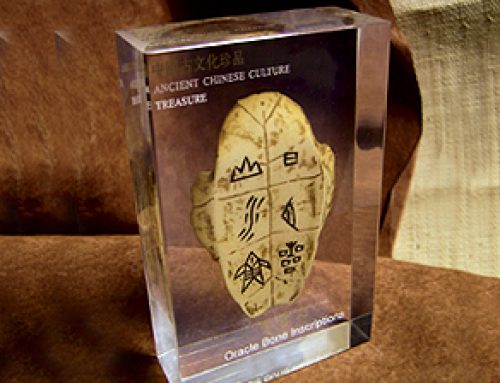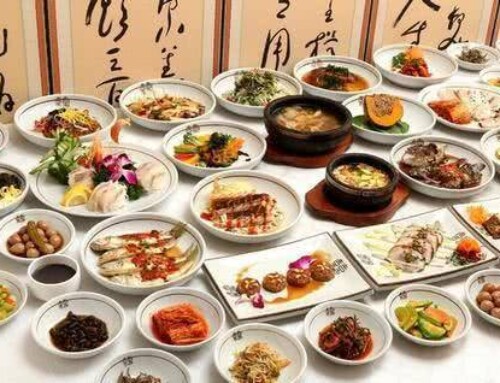Things to Know about Chinese Shopping Culture
Chinese shopping culture you should know! Visiting or living in China, you need to know things about shopping culture in China, whether you’re shopping for clothes, food, or souvenirs, it can help you gain a new cultural experience and find the right thing!
1, Most Vendors only Accept Cash
 Most Chinese people tend to carry cash rather than rely on plastic in China.
Most Chinese people tend to carry cash rather than rely on plastic in China.
In general, modern shopping centers accept credit cards; While businesses like department stores, small convenience stores, local restaurants and street vendors accept RMB (Chinese yuan), you will definitely need to carry cash.
Renminbi (RMB) or Chinese Yuan (CNY) is the same official currency used in mainland China. Yuan (also called Kuai in Chinese) is the basic unit and is divided into 10 jiao/mao or 100 fen. There are bank notes in denominations of 1, 2, 5, 10, 20, 50 and 100 yuan and coins in demonstrations of 1 yuan, 1 and 5 jiao, 2 and 5 fen. But small-demonstration bank notes and coins like fen are scarcely used today.
2, The Discount System in China
Everyone loves a discount. The bigger the better. But when it comes to Mandarin discounts, they are expressed the opposite of English. So don’t get too excited when something is marked 九折jiǔ zhé (90%),i t means you can buy it for 90% of its regular price – a 10% discount.
 The format for discounts is number + 折 (zhé), Western (Arabic) numbers are used instead of Chinese characters.
The format for discounts is number + 折 (zhé), Western (Arabic) numbers are used instead of Chinese characters.
7 折 qī zhé 30% off you will pay 70 percent of the original price
2折 èr zhé 80% off you will pay 20 percent of the original price
You may also encounter the phrase “…zhé qĭ (折起)”, such as “2折起 (2 zhé qĭ),” which means you can get discounts up to 2 zhé, or up to 80 percent off.
You might found it is confusing at first, good thing is a lower number means a better deal.
3, Vendors Expect You to Bargain
Bargaining is acceptable in most Chinese stores, except in the supermarket or some shopping malls in which the goods have clear fixed prices and the staff is not allowed to grant discretionary markdowns. But vendors at night markets, antique stalls, or personal booths at other shopping centers usually expect customers to bargain.Try bargaining every time you shop; you may get a great price reduction and enjoy the fun and pleasure of shopping.
Don’t express too much interest. Even if they can’t understand everything you’re saying, they’re watching your reactions.
There are some words will help you.
duō shăo qián? 多少钱? How much is it?
tài guì le! 太贵了 Too expensive!
piányì diănr ba! 便宜一点儿吧! Cheaper little bit! Can you give me this for cheaper
zài piányì diănr ba! 再便宜点儿吧! More cheaper little bit!
bú mǎi le 不买了 I don’t want to buy it
4, Bargaining with Your Hands
Speaking a little Chinese may be very helpful, don’t worry about speaking Chinese fluently, A calculator or a paper and pen held in the seller’s hand may ease the communication of prices between you.
Another way is to talk with your hands Chinese number gestures allow you to use your hand to signal the numbers one through ten, a “handy” way of naming your price.
 5, Sometimes salesperson will follow you, you will get exactly what you want.
5, Sometimes salesperson will follow you, you will get exactly what you want.
The walk-away: Let’s say after a few rounds, if the price proposed by the seller is still unacceptable and outside your budget, you can walk away, the salesperson will follower you. Usually, you will be called back again, and the price you offer may be accepted by the shopkeeper.
You’ll need to be equally tenacious when you’re bargaining to get a good deal.
When bargaining, you should be insistent and friendly, always with smile on your face. If the seller doesn’t make concessions on the offered price, you just walk away because in most cases, the seller will call you back to give in to you. When you bargain successfully, you should buy the article. If not, the seller will become angry with your impoliteness.






